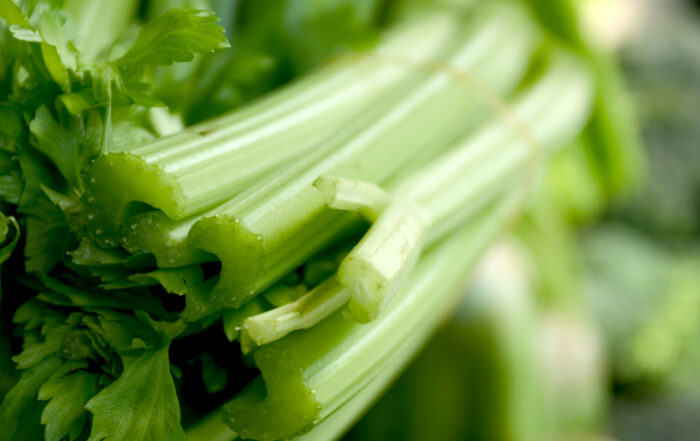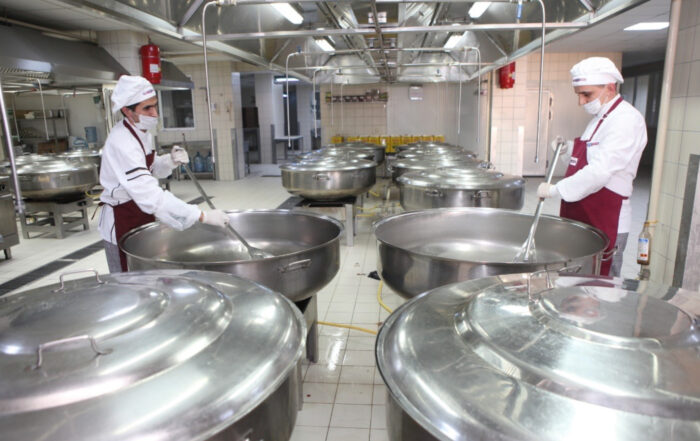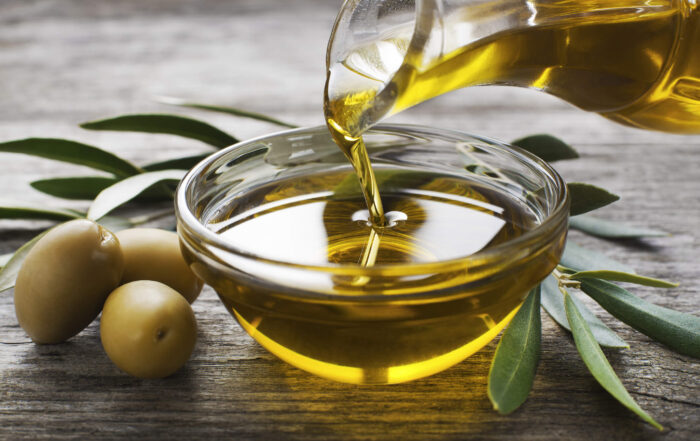Honey has deep roots across many cultures and traditions with significant health benefits due to its inherent nutritive properties. Honey, a viscous golden liquid, is often labelled as nectar in many folklores. It is a most appreciated and valued natural product since ancient times. Honey is produced by bees, which collect the nectar and pollens from the hearts of flower.
The import and export of honey has been on the rise for many years now. With this gaining popularity is also an increase in instances of adulteration such as the deliberate addition of sugars or other cheap sweeteners. Regulators are also increasingly becoming concerned with chemical contaminants such a lead, antibiotics and veterinary drugs residues in honey and related products. This is of particular concern since honey is now being imported from different parts of the world where the global quality and safety standards for honey are not fully established or harmonized.
Under the Safe Food for Canadian Regulations [SFCR], CFIA expects the domestic producers, importers and exporters to have documents that describes preventative controls for honey production. It is recommended that a preventative control plan [PCP] should address hazards associated with the use of ingredients, additives, processing aids, chemicals used in the treatment of bees and the packaging containers used in prepackaged honey and other bulk containers. Furthermore, due to high lead contamination reported during the analytical testing of honey, it is important that certain critical controls are in place to address lead contamination during the processing of honey.
A robust PCP program should identify all the potential source of lead contamination during processing and all the necessary steps that should be taken to eliminate, minimize and control the hazards at the source level. Currently, there are no prescribed Maximum Residue Limits [MRL] for lead in honey. The expectations from CFIA is that companies should put appropriate measures in place to keep the lead level as low as reasonably achievable. According to CFIA lead residues equal to or greater than 0.1 parts per million (ppm) suggest that avoidable lead contamination has occurred. This warrants testing of honey at a set frequency to ensure imported and domestically produced honey is not contaminated due to poor equipment design/construction.
Similarly, Health Canada after consultation with representatives from the Canadian Honey Council and Canadian Honey Packers and Dealers Association, has set the Working Residue Levels [WRLs] as well as Administrative Maximum Residue Limits/MRLs of various veterinary drug residues. The two most commonly found antibiotic residues chloramphenicol and 5-Nitrofuran compounds are completely banned in domestically produced as well as imported honey. Considering the hazards associated with the use of such chemicals during honey production, it is therefore of paramount importance to have appropriate testing frequency included in the PCP.
Can we help? Contact Us.
The experts at MCS associates can support your compliance requirements by working with you to review, create or support your Preventive Control Plan. If you require testing, Canadian Analytical Laboratories provides analysis for food products and raw materials to detect, identify and quantify contaminants using.







